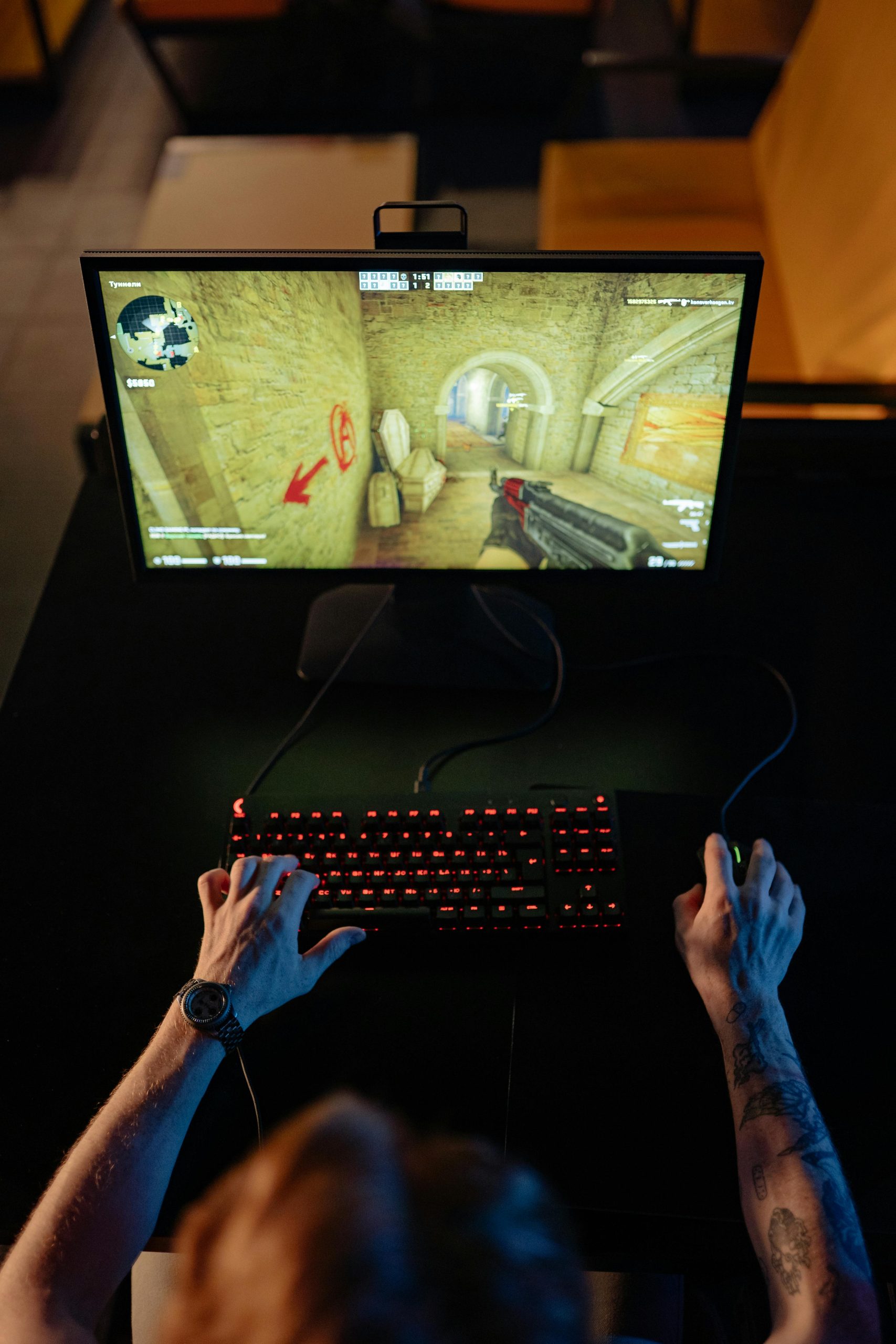Title: Troubleshooting Unexpected Low FPS in Games on a Good-Performing PC
Are you experiencing unexpectedly low FPS in your favorite games despite having a solid PC setup? You’re not alone. Many users encounter performance issues that seem to surface out of nowhere, even when their system specifications haven’t changed. Here’s a detailed look into potential causes and solutions to help restore optimal gaming performance.
Understanding Your System’s History
In many cases, prior hardware or software adjustments can unintentionally impact gaming performance. For instance, attempting to undervolt your CPU via BIOS to reduce heat may inadvertently cause subsequent stability issues. If you’ve recently made changes to your system configuration—especially BIOS modifications—that could be influencing your gaming experience.
Common Symptoms and Observations
- Sudden drop in FPS during gameplay
- Temporary improvement after adjusting settings in graphics driver software (e.g., NVIDIA Control Panel)
- Performance returning to normal after adjustments, but reverting upon system restart
Potential Causes and Diagnostic Steps
-
Graphics Card Settings and Drivers
-
Automatic GPU Adjustment: If activating the ‘automatic adjustment’ in your GPU management software temporarily restores performance, it may indicate a driver or configuration issue.
- Driver Stability: Ensure your graphics drivers are up to date. Corrupted or outdated drivers can cause flickering performance problems.
-
Reinstall Drivers: Consider performing a clean reinstall of your GPU drivers to eliminate corrupted files.
-
BIOS and Hardware Configuration
-
BIOS Settings: Since prior undervolting attempts might have altered BIOS settings unintentionally, review your BIOS configurations. Resetting BIOS to default defaults can resolve such issues.
-
CPU and RAM Stability: Sudden performance drops could stem from unstable RAM or CPU settings. Running diagnostic tools like MemTest86 for RAM and stress tests for CPU can identify underlying stability issues.
-
System Monitoring
-
Temperature Monitoring: Excessive CPU or GPU temperatures can throttle performance. Use monitoring software (e.g., HWMonitor, MSI Afterburner) to check temps during gaming.
-
Resource Usage: Observe CPU, GPU, and RAM usage to identify bottlenecks or abnormal activity.
-
Power Settings
-
Ensure your Windows power plan is set to ‘High Performance’ to prevent the system from throttling hardware during gaming sessions.
-
Background Applications
-
Close unnecessary background programs that might be consuming resources or conflicting with your game performance.
Additional Recommendations
Share this content:



